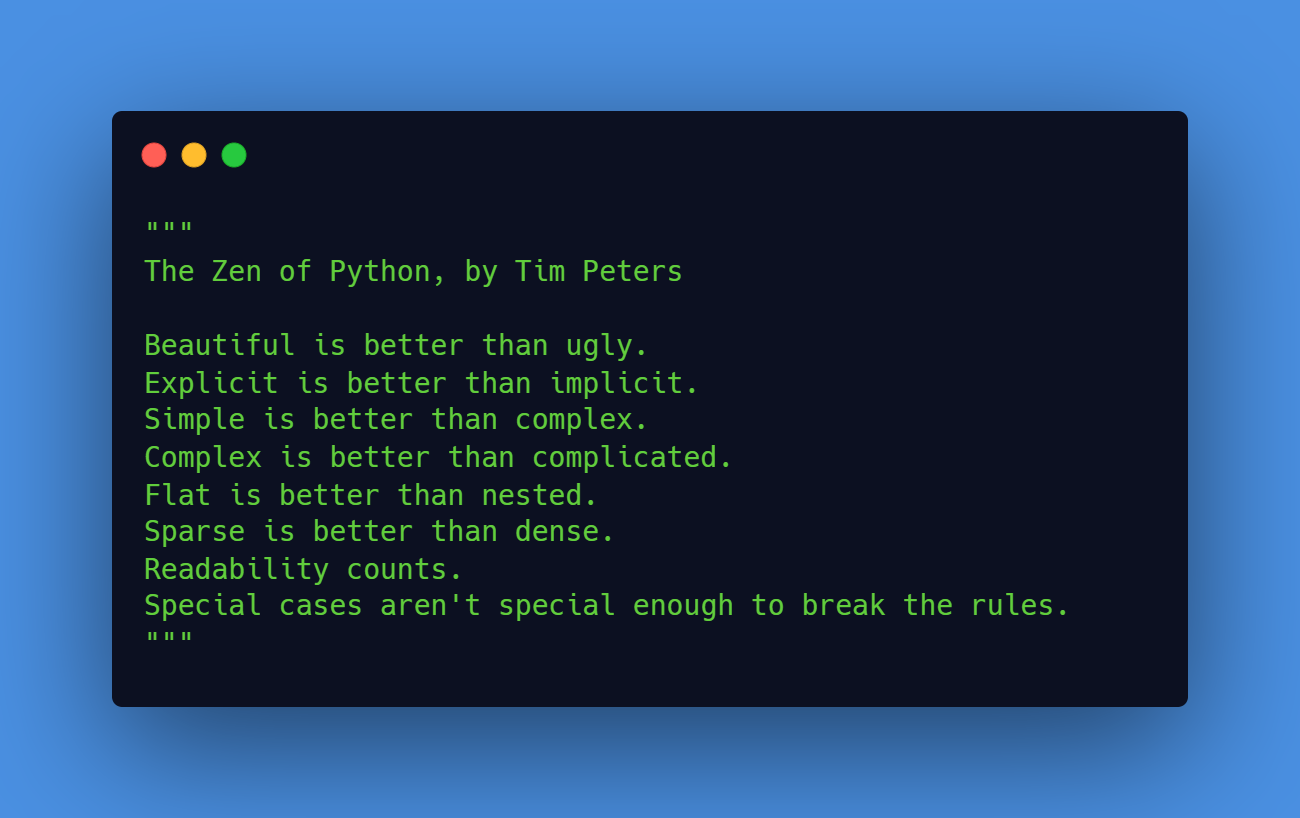To convert a binary number to decimal in Python, you can use the int function with the base parameter set to 2. This tells Python that the number being passed is in binary format.
For example:
# Binary number
binary_num = "1010"
# Convert binary to decimal
decimal_num = int(binary_num, 2)
print(decimal_num) # Output: 10
Code language: PHP (php)Decimal to Binary
To convert a decimal number to binary in Python, you can use the bin function. This function returns a string with the 0b prefix, which indicates that the number is a binary string.
For example:
# Decimal number
decimal_num = 10
# Convert decimal to binary
binary_num = bin(decimal_num)
print(binary_num) # Output: 0b1010
Code language: PHP (php)If you don’t want the 0b prefix, you can use string slicing to remove it. For example:
binary_num = bin(decimal_num)[2:]
print(binary_num) # Output: 1010
Code language: PHP (php)Other Methods for Conversion
In addition to using the int and bin functions, there are other methods for converting between binary and decimal in Python. One option is to use the format function. For example:
# Binary to decimal
decimal_num = int(format(int(binary_num, 2), 'd'))
# Decimal to binary
binary_num = format(decimal_num, 'b')
Code language: PHP (php)Another option is to write a custom conversion function. This can be useful if you need to perform a specific type of conversion that is not covered by the built-in functions.
Error Handling
It is important to consider what should happen if the input is invalid. For example, if a string containing non-binary characters is passed to the int function, a ValueError will be raised.
To handle this, you can use a try–except block to catch the error and provide an appropriate response:
try:
# Binary number
binary_num = "1010"
# Convert binary to decimal
decimal_num = int(binary_num, 2)
print(decimal_num) # Output: 10
except ValueError:
print("Invalid input: Binary string contains non-binary characters")
Code language: PHP (php)In this example, the try block contains the code that might raise the ValueError (i.e. the binary to decimal conversion). If the ValueError is raised, the code in the except block will be executed, which in this case simply prints an error message.
If the input is valid and the ValueError is not raised, the code in the except block will be skipped and the conversion will be successful.
Efficiency
When deciding which method to use for converting between binary and decimal, it is important to consider the efficiency of the different approaches. For small numbers, the difference in efficiency may not be noticeable. However, for larger numbers or when working with a large number of conversions, the difference can become significant.
For example, the format function is generally slower than the int and bin functions. If you need to perform a large number of conversions, you might want to consider writing a custom function that is optimized for your specific use case.

Leave a Reply